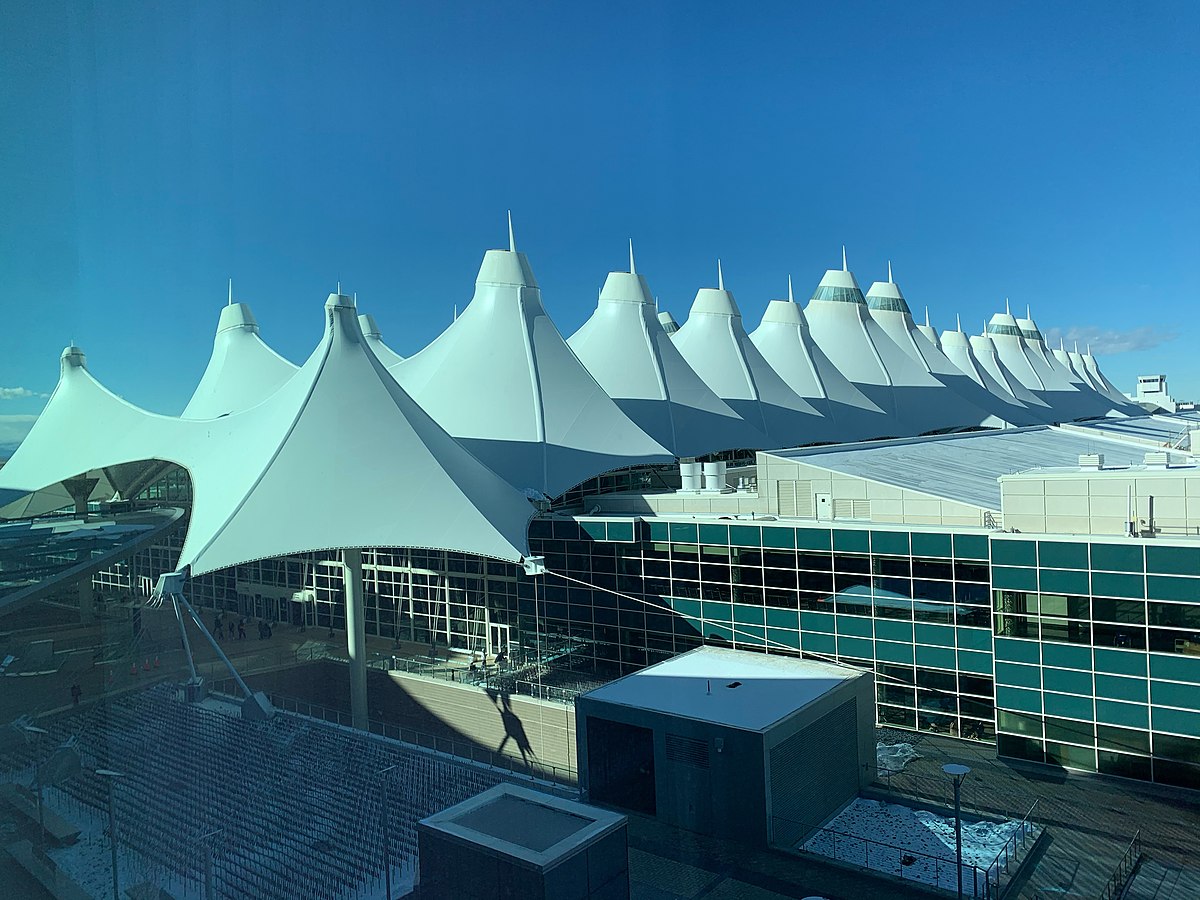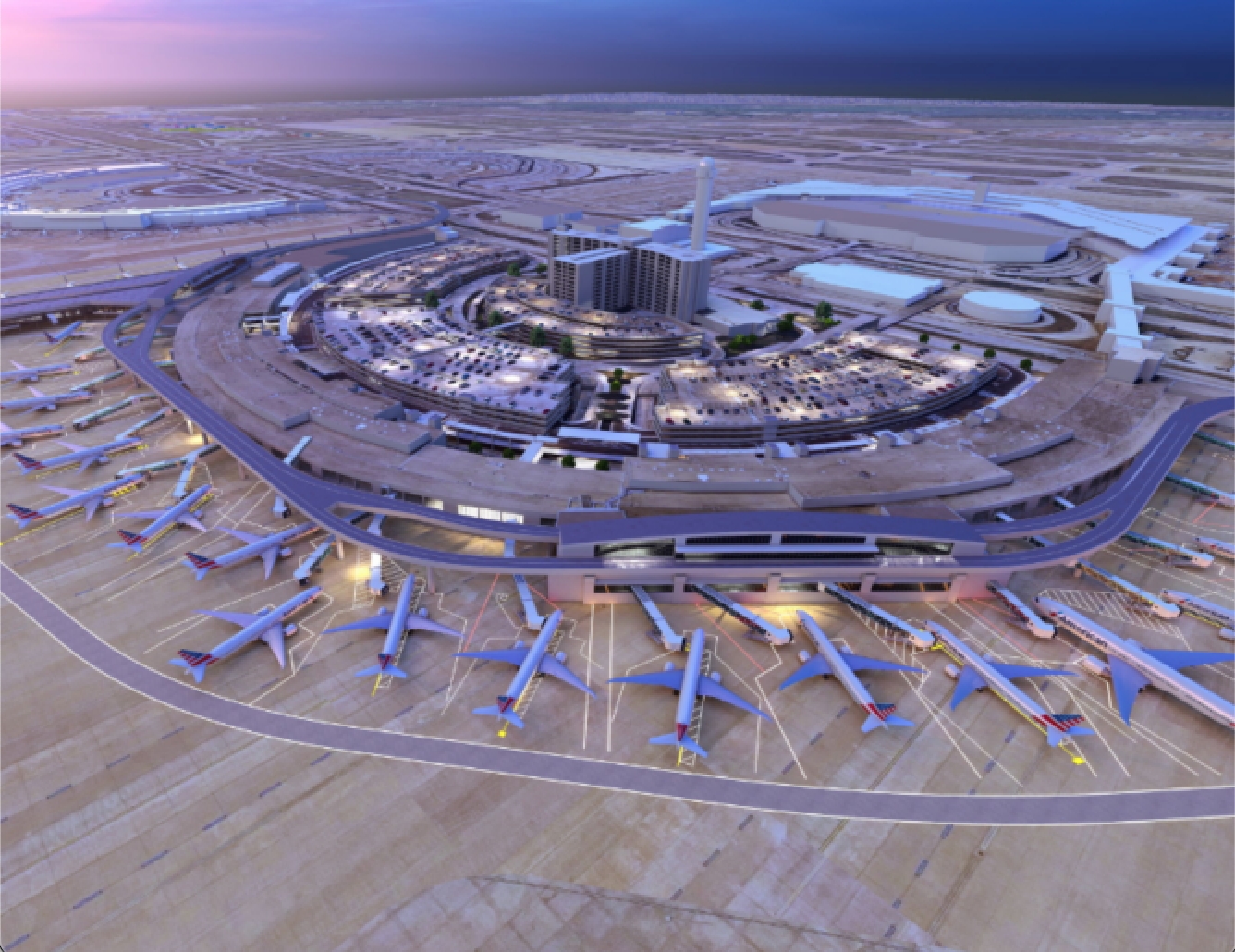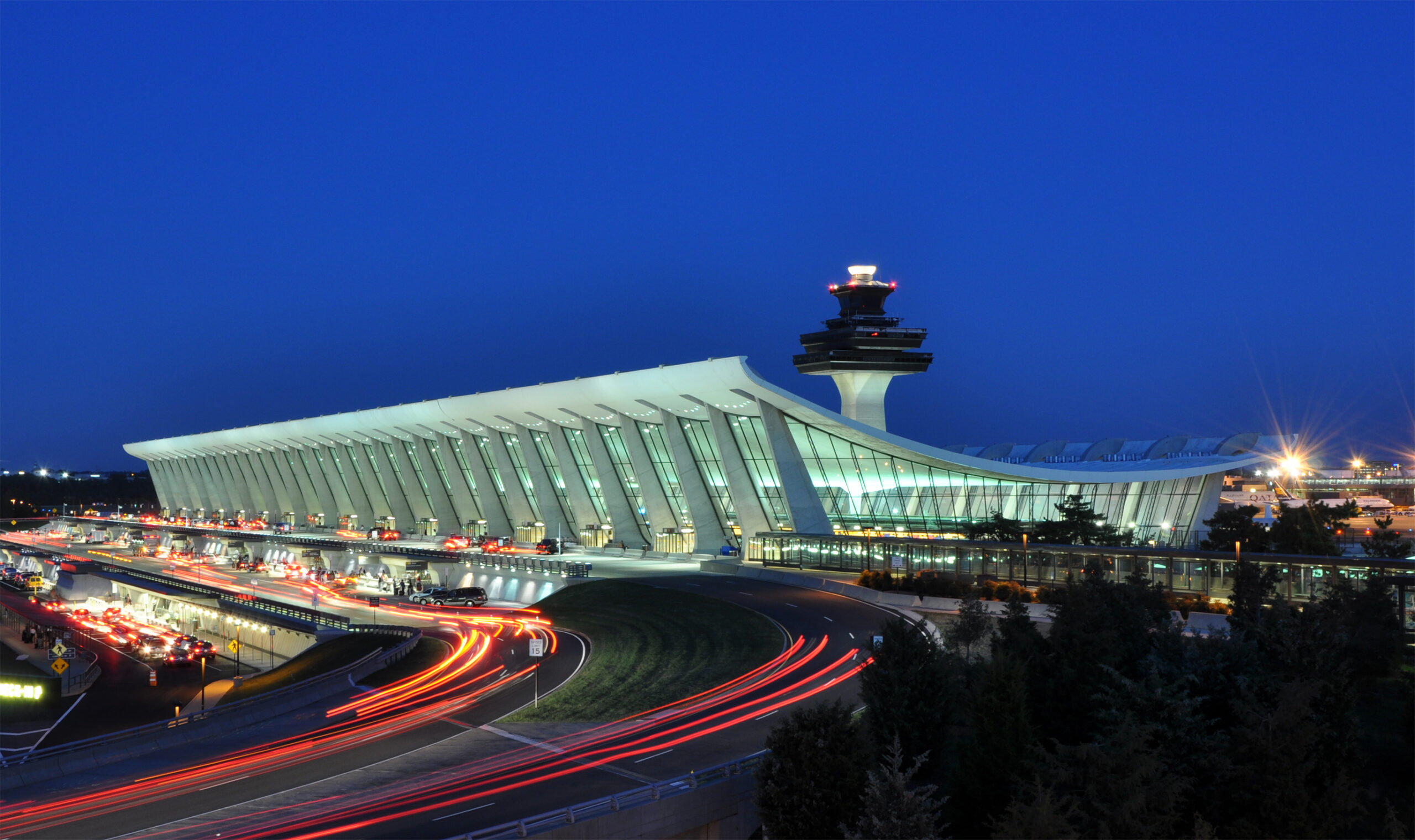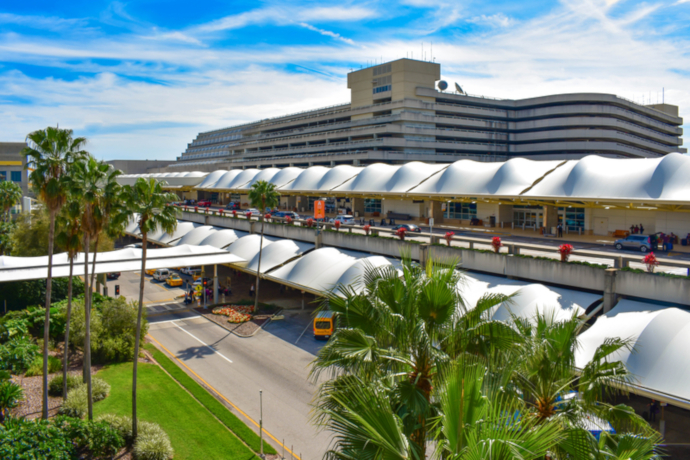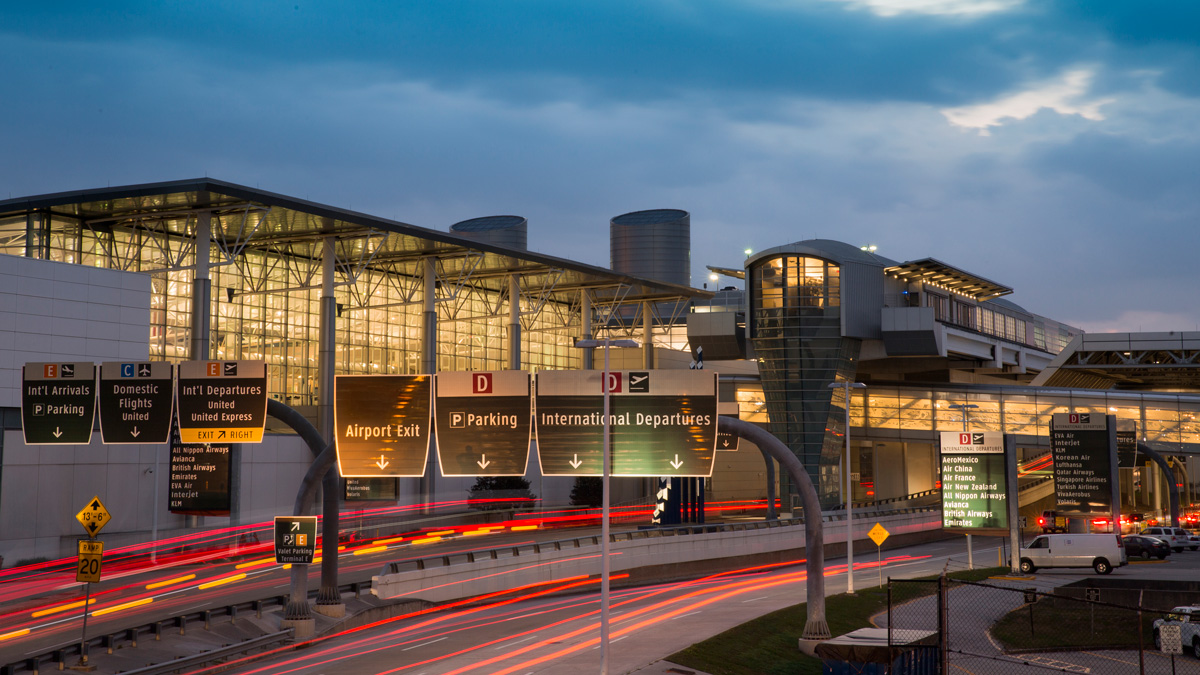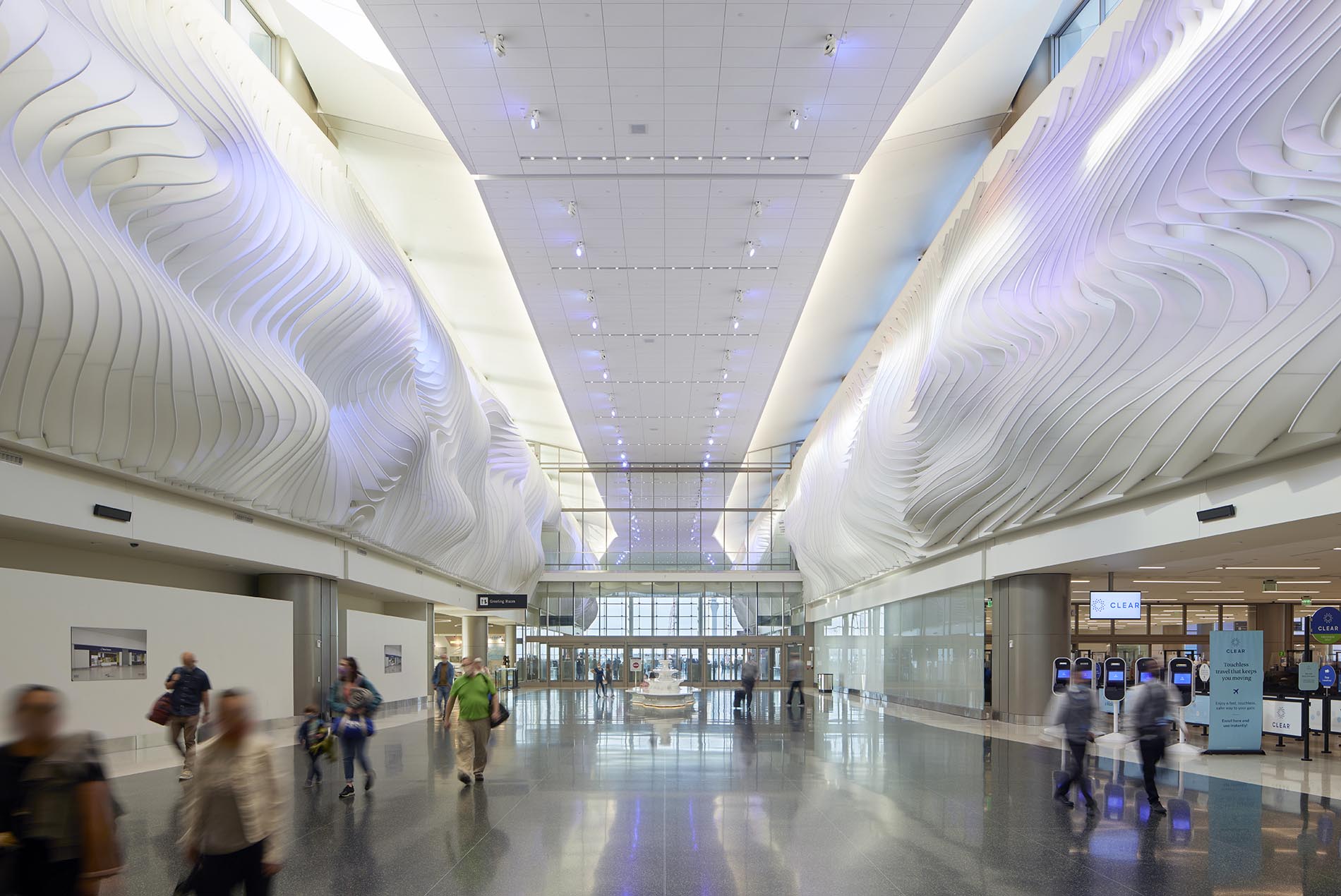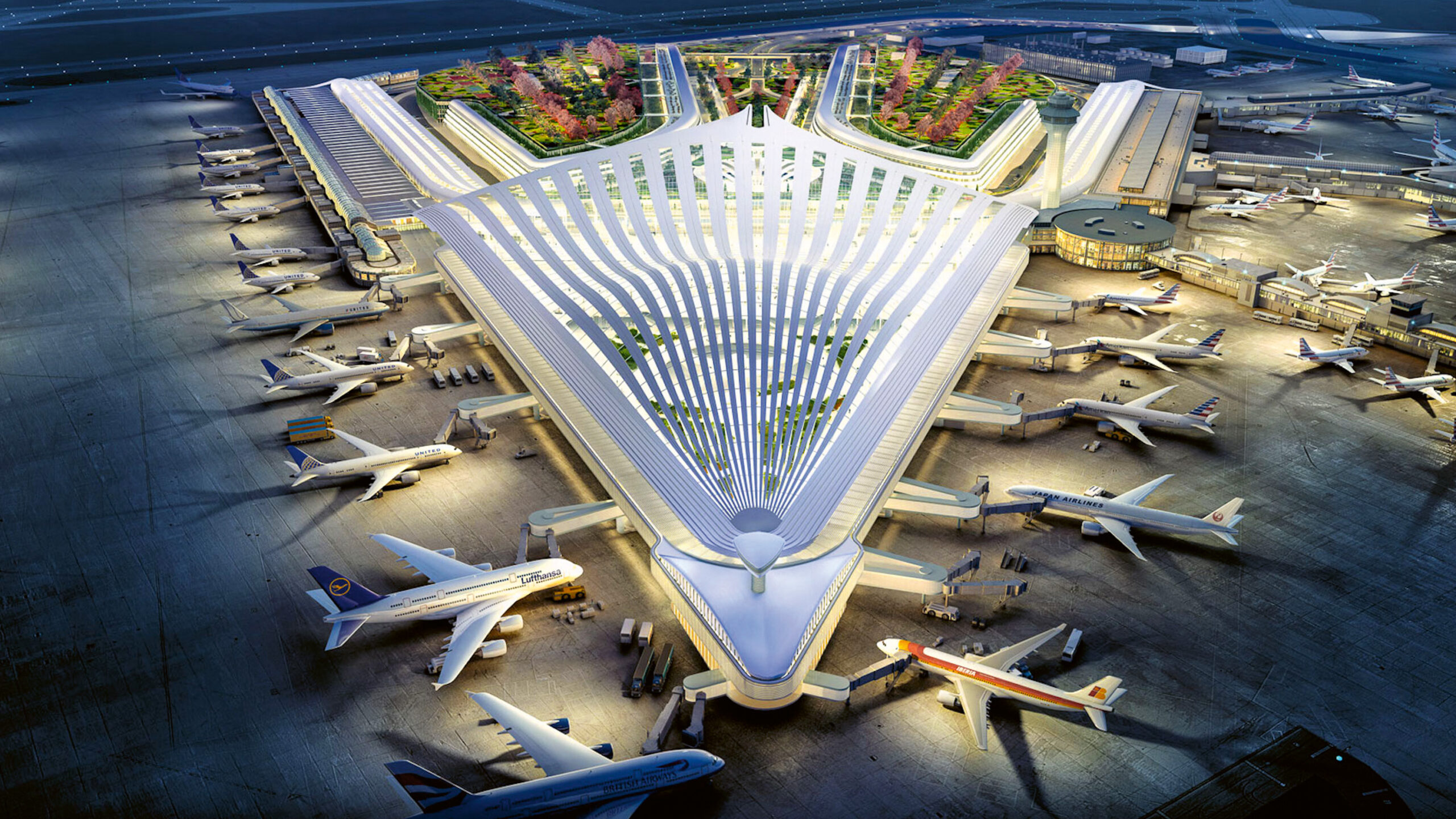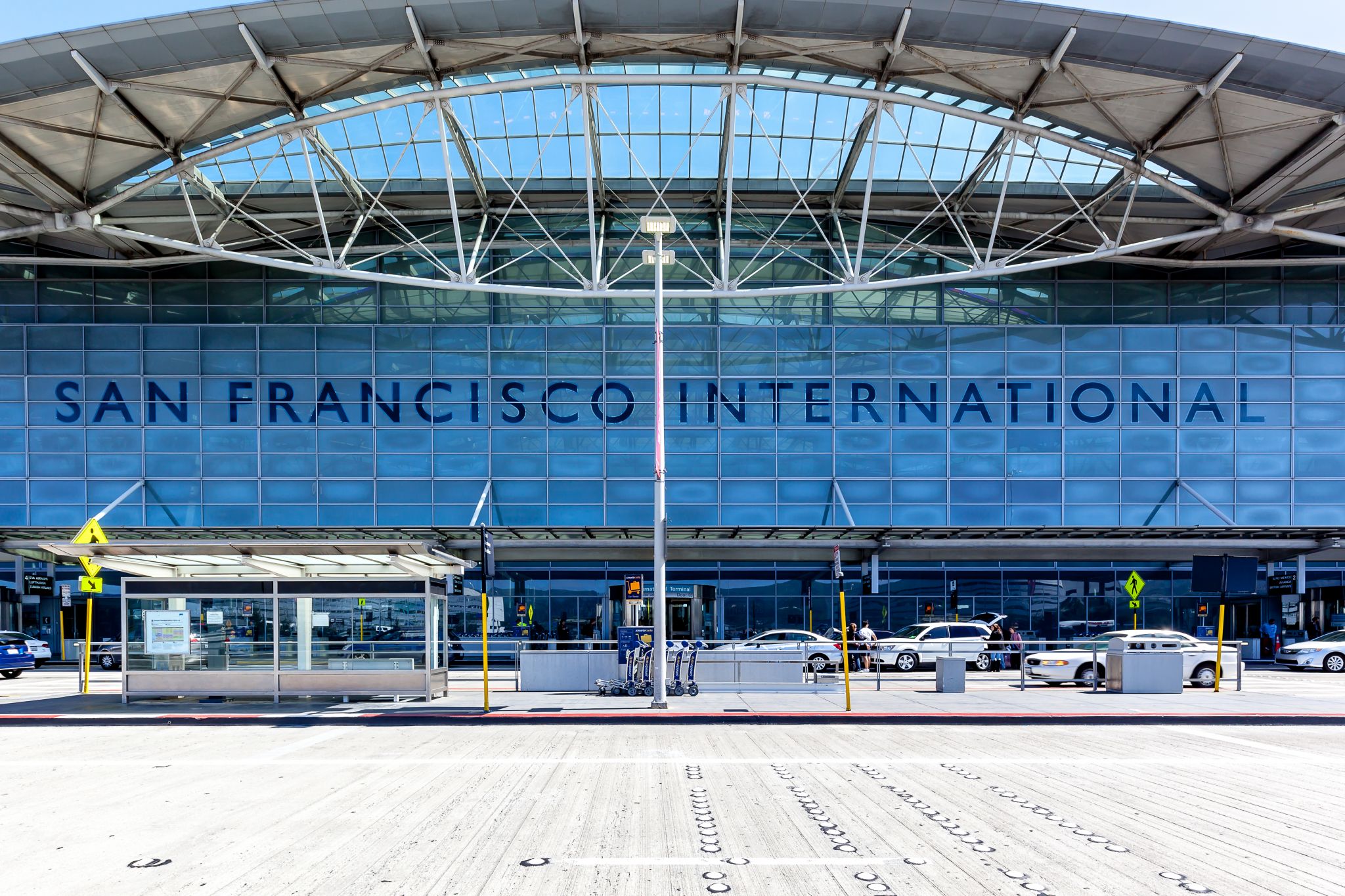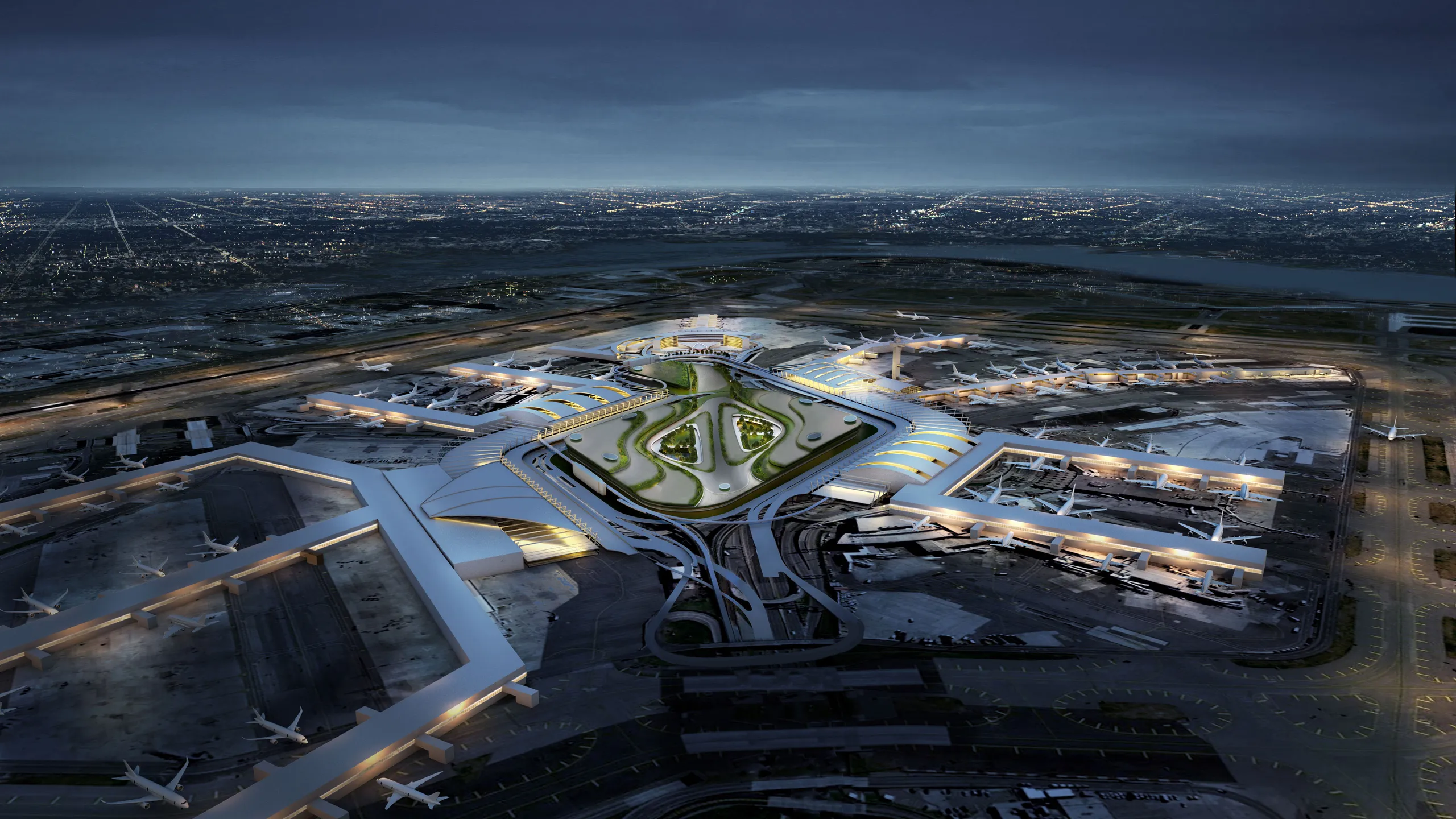Top Lists
Top 10 Biggest Airports in the US (United States) 2022
The US not only boasts the most airports but some of the biggest airports in the world in terms of surface area.
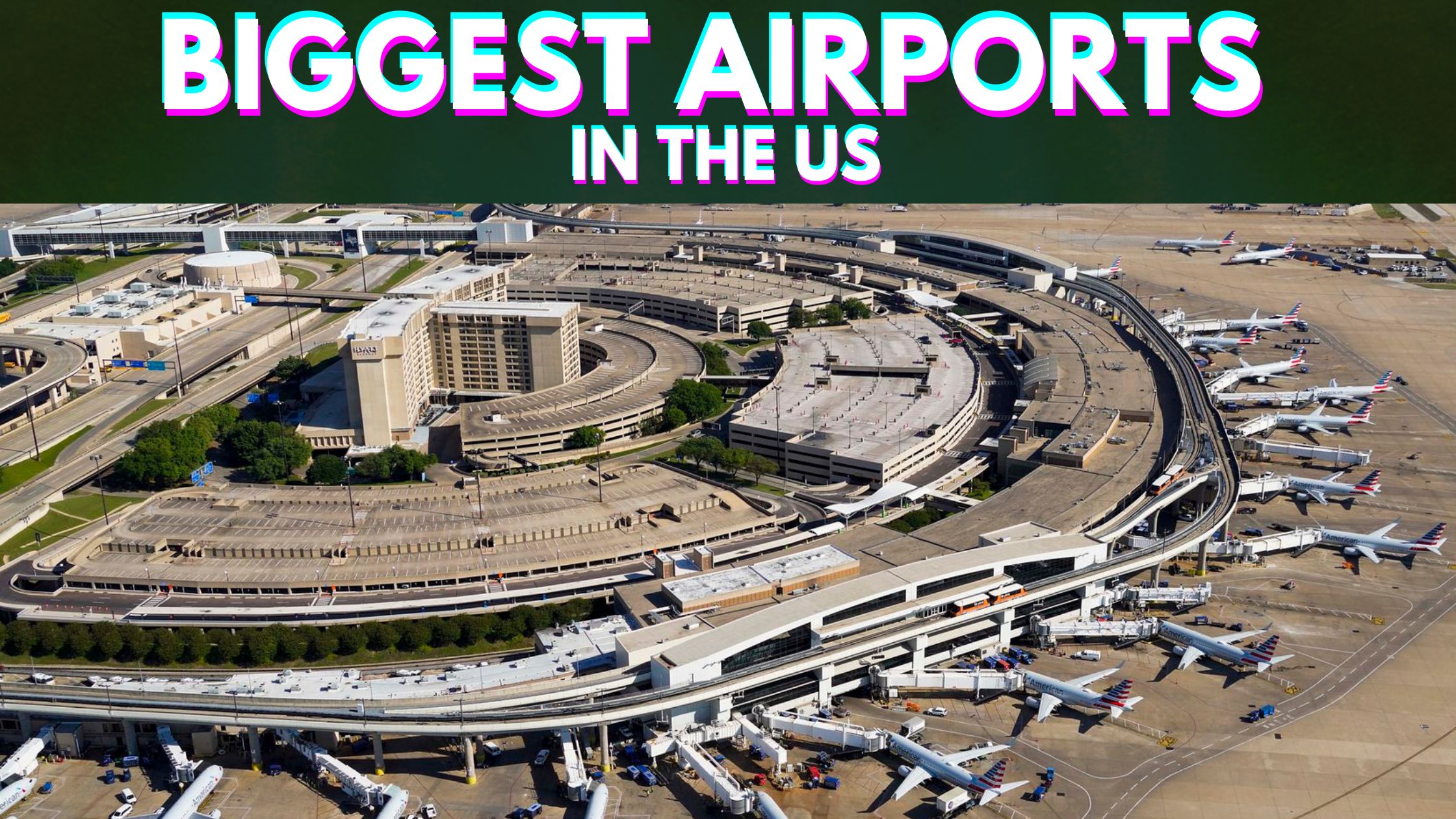
Air travel is a popular method of transportation in the United States. In fact, the United States has the busiest airspace in the world with over 87,000 flights every day. With so many people flying, it’s no wonder that the country has some of the biggest airports in the world.
From the world’s busiest airport in Atlanta to the largest airport in the world in terms of land area, these are the airports that keep the United States moving. In this blog post, we will take a look at the 10 biggest airports in the United States (US) by surface area and passenger traffic.
| Rank | Airport | Surface Area |
| 1 | Denver International Airport | 137.26 km² |
| 2 | Dallas/Fort Worth International Airport | 69.63 km² |
| 3 | Washington Dulles International Airport | 52.6 km2 |
| 4 | Orlando International Airport | 47 km² |
| 5 | George Bush International Airport | 40.5 km2 |
| 6 | Salt Lake City International Airport | 31.1 km² |
| 7 | O’Hare International Airport | 30.9 km² |
| 8 | San Francisco Intercontinental Airport | 21.07 km² |
| 9 | John F Kennedy International Airport | 21 km² |
| 10 | Detroit Metropolitan Airport | 19.6 km² |
Continue Reading: Top 10 Biggest Construction Companies In The World (2022)
1. Denver International Airport – 137.26 km²
The number one biggest airport in the US is Denver International Airport (DIA), which is situated on 33,917 acres of land. It is also the third-largest airport in the world, behind Beijing Daxing International Airport (PKX) in China and King Fahd International Airport in Saudi Arabia.
Six runways and one major terminal, Jeppesen Terminal, with a built-up area of more than 1.5 million square feet, make up the 1980-conceived and February 1995-opened DIA. It features more than six million square feet of public space and three airside concourses. There are 89 gates in Concourses A, B, and C together.
By 2035, there are plans to build two new concourses, concourses D and E, add 20 gates to the current concourses, and build four additional runways.
It has the longest runway in North America, measuring 4.88 kilometers, and a surface area of 135.7 square kilometers. Its construction started in 1989, and after a two-year delay, it was finally opened to the public on February 28, 1995. About $2 billion more than what was originally budgeted for its development, it ended up costing $4.8 billion. The fifth-busiest airport in North America is DIA.
2. Dallas/Fort Worth International Airport – 69.63 km²
In Texas, DFW Airport covers an area of 69.63 square kilometers between Fort Worth and Dallas. On September 23, 1973, the airport finally opened to the public after five years of construction.
Was built with extension in mind and cost $2.7 billion to finish. There are 182 gates all across the airport’s five terminals. Due to its size, DWF has its own police force, Zip Code, emergency medical services department, and fire protection division. With flights to 260 destinations, it is the tenth busiest airport in the entire globe.
It is the fourth largest on the entire planet, with a projected cost of US$ 3-3.5 billion, DFW airport and American Airlines revealed plans to construct a sixth terminal, expand Terminal F by up to 24 new gates, and renovate Terminal C in 2019.
The new terminal, which is scheduled to open in 2025, will provide the area with the expansion it needs to compete with other global economic hubs, It is one of the Biggest Airports in the United States.
3. Washington Dulles International Airport – 52.6 km2
It’s hardly surprising that Dulles is one of the largest airports in the US given its location on the Northern Virginia side of Washington, DC. The 53 square kilometers (20 square feet) of passenger space at this airport serve about 22 million passengers annually.
DC is about 45 minutes away from the airport, which is situated 25 miles to the west of the capital. There are 113 gates spread across 3 terminals. Because most of the foot traffic is contained within the airport’s main terminal, it is regarded as one of the easiest airports to navigate.
4. Orlando International Airport – 47 km²
With a 51 square kilometer footprint, Orlando International Airport ranks as the fourth-biggest airport in the United States. It lies 10 kilometers southeast of the Florida city of Orland.
It lies 10 kilometers southeast of the Florida city of Orland. It was once a US Army Air Force base and was initially known as McCoy Air Force Base, hence the code MCO.
After an agreement between the US Air Force and the officials of the City of Orlando, airline flights started using the airport in the 1960s.
Two terminals, A and B, make up the main terminal building at MCO. Four concourses exist at the airport in addition to the main terminal.
5. George Bush International Airport – 40.5 km2
The 10,000 acres of the airport were first known as “Houston Intercontinental Airport” when it first opened in 1969. It includes five terminals, A, B, C, D, and E, each with 130 gates, and a total of five runways.
Subways provide landside links between the five terminals and the airport hotel, while Skyways provides airside connections between all five terminals (the Marriott).
The landslide inter-terminal train runs every three minutes from 3:30 am to 12:30 am every day, and it connects to IAH, the fifth-biggest airport in the US and the seventh-largest airport in the world.
6. Salt Lake City International Airport – 31.1 km²
The SLC airport, located just outside of Salt Lake City, has a total area of about 12 square miles (31 square kilometers). Residents can park outside the airport and enter using the TRAX system, saving money over parking at the actual airport, thanks to linkages between this gorgeous airport and the Utah Transit Authority.
With only over 24 million passengers passing through each year, SLC is arguably one of the least busy airports on our top 10 list.
The airport, which was built in 1960, has lately undergone a lot of upgrades to guarantee that it can handle the continually increasing traffic that passes through.
7. O’Hare International Airport – 30.9 km²
O’Hare International Airport is a well-traveled airport with over 80 million people passing through each year because of its convenient location in the Midwest.
Given that O’Hare is around the same size as SLC and receives only about 25% as much foot traffic, you can only imagine how wild it can occasionally get there.
There are now 7 runways at ORD, and an 8th will shortly be completed. Currently, there are 191 different gates spread over four terminals.
In an effort to pinpoint precisely how to make future traffic flow better, they are collaborating with architects.
It is one of the Biggest Airports in the United States.
8. San Francisco Intercontinental Airport – 21.07 km²
California’s San Francisco International Airport (SFO), which spans a surface area of 21.07 km2, is located 13 miles south of the city’s center.
The airport was the 24th busiest in the world in 2017 after handling more than 55 million passengers.
It has four terminals, including one for international travel. At 1.8 million square feet, when it first opened in 2000, it was dubbed the largest international airport terminal in North America.
It was the first airport in the world to have gates big enough to fit the double-decker Airbus A380.
The final quarter of 2022 is the projected completion date for a terminal redevelopment project that started in June 2016.
Boarding areas B, which has 24 gates, and C, which has ten gates, are located at Terminal 1, formerly known as the South Terminal. The final quarter of 2022 is the projected completion date for a terminal redevelopment project that started in June 2016. The airport will be modernized and made greener as a result of the project. Improvements include a brand-new pre-security concourse, Boarding Area B restoration, and better connections to public transportation.
The airport’s oldest terminal, Terminal 2, which was opened in 1954, has undergone numerous renovations to improve amenities. United Airlines uses Terminal 3, which has 39 gates overall and includes boarding areas E and F, to run domestic flights.
It is one of the Biggest Airports in the United States.
9. John F Kennedy International Airport – 21 km²
With a total area of 21 square kilometers, JFK Airport is the biggest airport in New York.
It serves New York City from the Queens neighborhood. After the president was assassinated in 1963, the airport’s original name, New York International Airport, was changed to JKF Airport.
The airport is currently the busiest international air passenger gateway in North America.
Delta Airlines and American Airlines use JKF Airport, which has four runways and six passenger terminals, as a hub. Numbers 1 through 8 refer to the passenger terminals, with 3 and 6 being skipped because they were demolished in 2013 and 2011, respectively.
It is one of the Biggest Airports in the United States.
10. Detroit Metropolitan Airport – 19.6 km²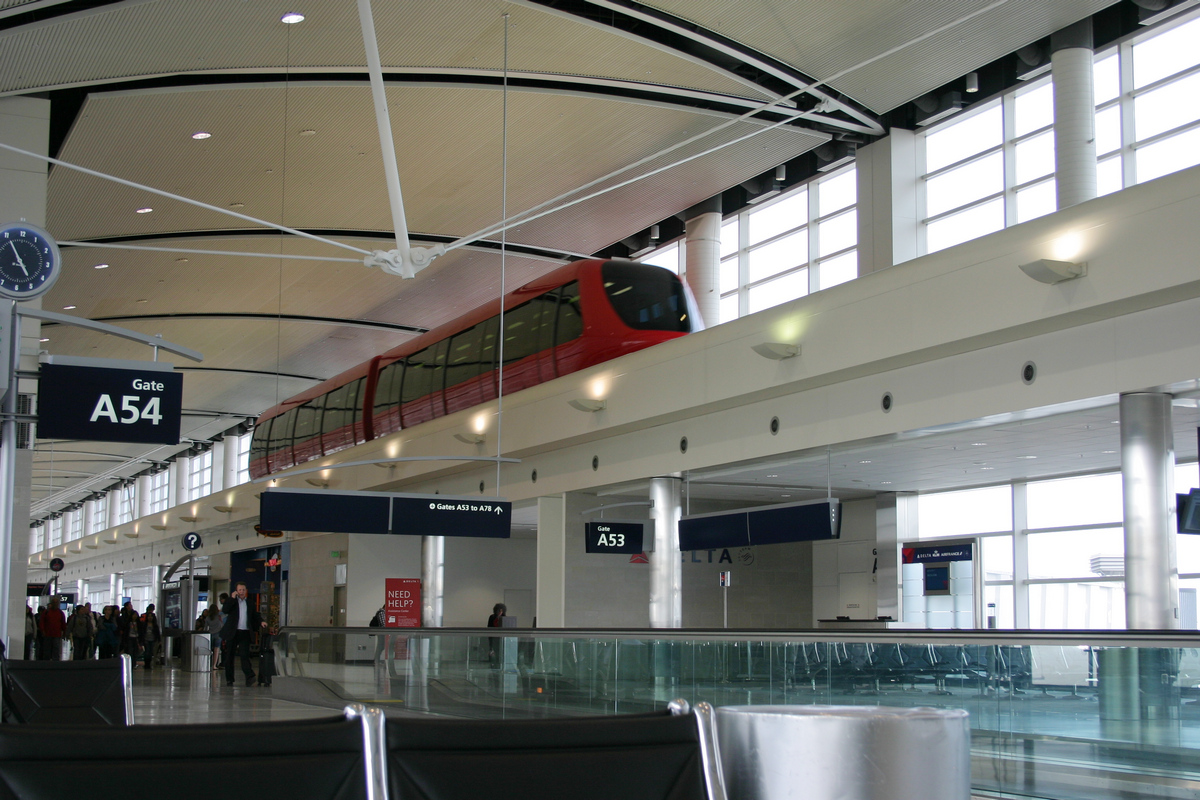
Metropolitan Detroit On September 30, 1930, opened in Romulus, Michigan, at the intersection of Middlebelt Road and Wick Road. It was primarily utilized to send US airmail and is still controlled by Wayne County.
Six runways, two terminals, and 129 operational gates make up the airport’s current infrastructure.
Additionally, it contains maintenance facilities that can maintain and repair huge airplanes like the Boeing 747-400.
With a total area of 4,850 acres, the airport is the last on our list of the biggest airports in the US.
Summary
The US is home to five of the 10 biggest airports in the world. The nation’s largest airports may not always be the busiest airports, though.
Here is a summary list of the top 10 biggest airports in the US (United State)
- Denver International Airport – 137.26 km²
- Dallas/Fort Worth International Airport – 69.63 km²
- Washington Dulles International Airport – 52.6 km2
- Orlando International Airport – 47 km²
- George Bush International Airport – 40.5 km2
- Salt Lake City International Airport – 31.1 km²
- O’Hare International Airport – 30.9 km²
- San Francisco Intercontinental Airport – 21.07 km²
- John F Kennedy International Airport – 21 km²
- Detroit Metropolitan Airport – 19.6 km²
Read More:

